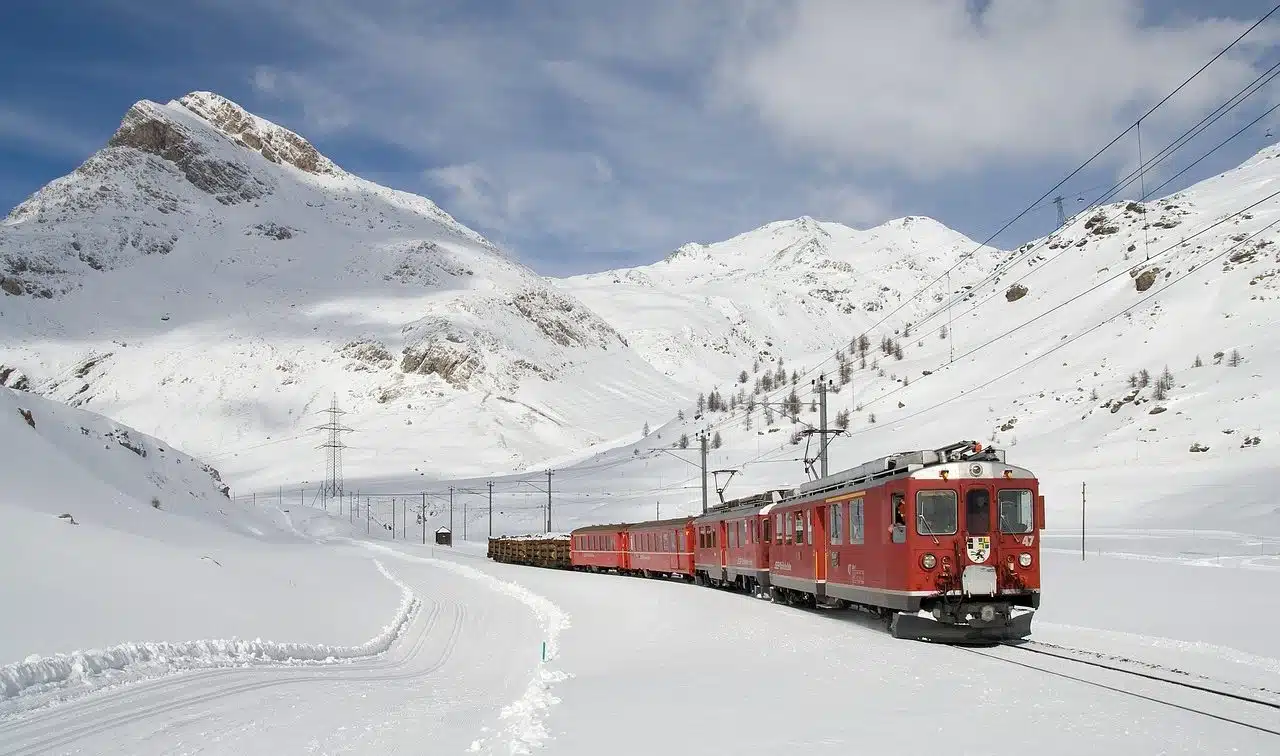
The train is a means of transportation made up of cars that are driven by a locomotive.
Train is a term in our language from the French word train . The concept refers to a means of transport formed by a series of wagons that, dragged by a locomotive , advance on tracks (composed, in turn, of so-called rails or rails ).
This is the definition of a train in its broadest or general sense: currently, it is possible to recognize trains that have characteristics different from those mentioned. There are, for example, trains that levitate thanks to the action of powerful magnets. There are also trains whose carriages are self-propelled and thus do not require a locomotive .
Most trains, however, still rely on the locomotive for traction . A locomotive is a vehicle that, using diesel , electricity or another source of energy, moves along the track and drags the train cars, which are linked together.
Train types
Trains have different scopes and purposes. In large cities, there are urban or metropolitan trains that make various stops at stations located throughout the town. Long-distance trains , on the other hand, allow you to reach different cities and even countries .
There are, on the other hand, passenger trains (which transport people) and freight trains (designed to transport goods).

There are trains that circulate within the cities.
Your story
Many transportation experts highlight the advantages of the train over other means of transportation. The train uses less energy and generates less pollution than the plane or the car to transport the same number of people. It is also considered a very safe means of transportation .
The evolution of the train is certainly one of those that attracts the most admiration from the public, mainly because it was the first land vehicle that did not require the strength of an animal for its operation; In other words, it was the first autonomous device intended for transportation , and this makes it the spiritual ancestor of all current means.
It is important to note that the first steam railway was introduced in 1825 and was used to connect Darlington and Stockton , two towns in England . One of the facts that makes his invention more interesting is that it was born from the combination of revolutionary inventions and observation from other fields: the steam engine dates back to the 17th century , almost two hundred years before, and the rail was already used in the field of mining.
The current trains
Today, the different shapes and characteristics that a train can take continue to fuel the mysticism of this fascinating means of transportation. In Mauritania , for example, there is the longest in the world: it consists of two hundred carriages driven by three locomotives , with a total length of four kilometers. This colossus of the tracks is so heavy that it requires several minutes to come to a complete stop. As expected, speed is not its strong point: it does not exceed 40 km/h.
In Rhineland , Germany , there is a peculiar suspension train : its name is the Wuppertal Schwebebahn . Despite being unique on its continent, it is not very popular worldwide. However, in its city it is an emblem and has been operating since the beginning of the 20th century , passing over urbanizations and rivers.
Crossing the snow is, for us and our machines, especially difficult, and the train is no exception. Already in 1869 , the first rack railway was created in the United States , characterized by having three rails, one of them toothed. This allows movement on slopes greater than 8%. An example of this technology is the Jungfraujoch train, which exceeds 3,000 meters in altitude on its journey through the Swiss Alps .
